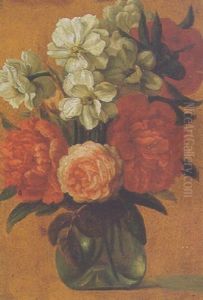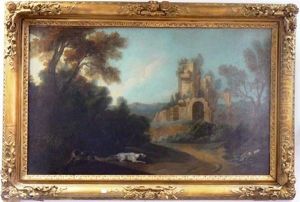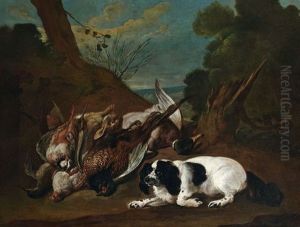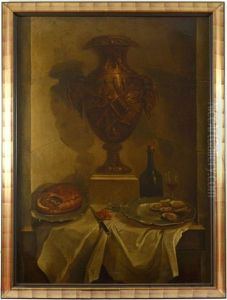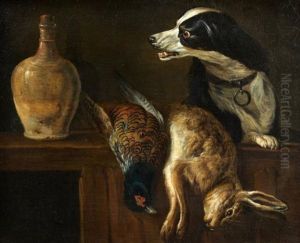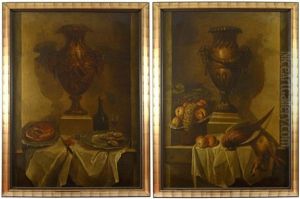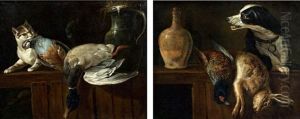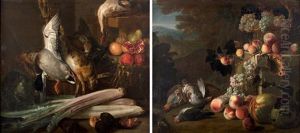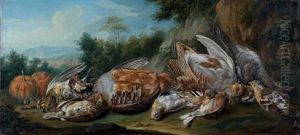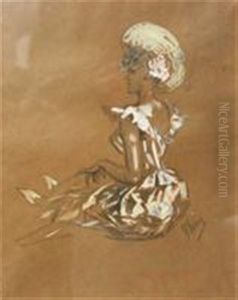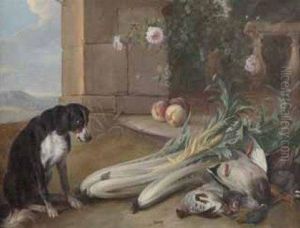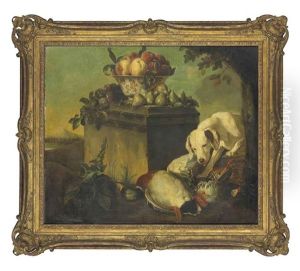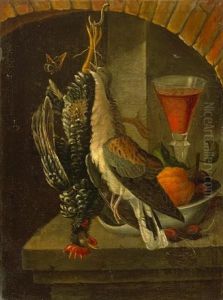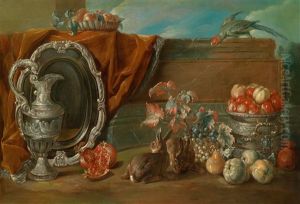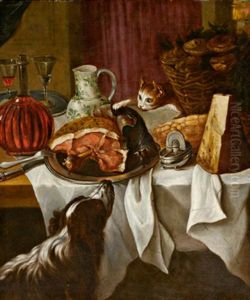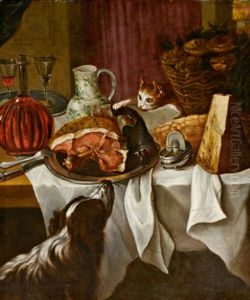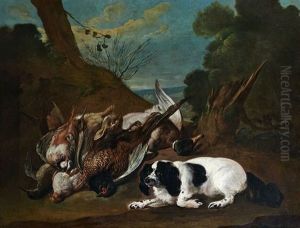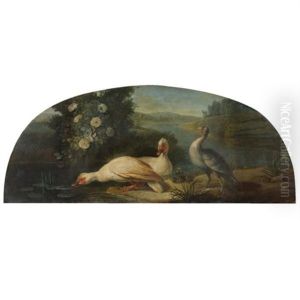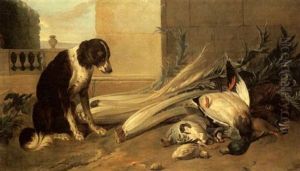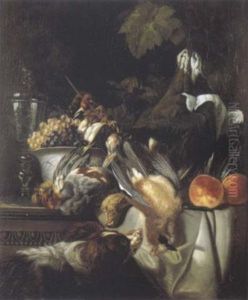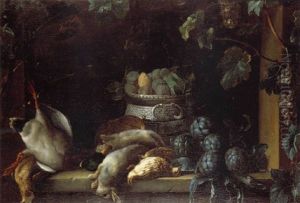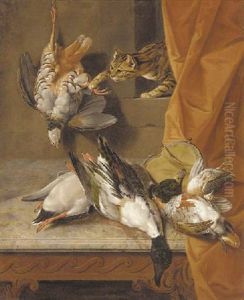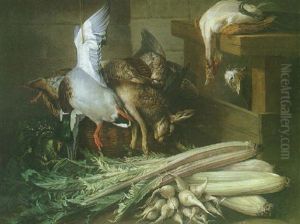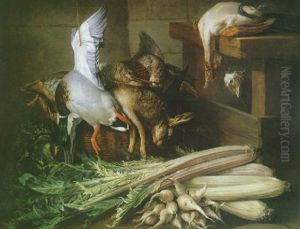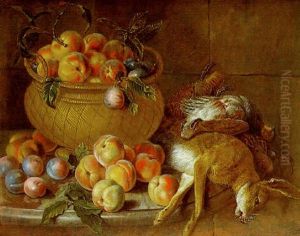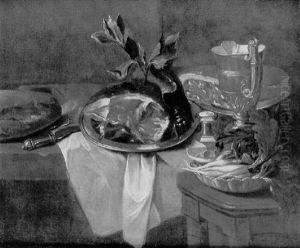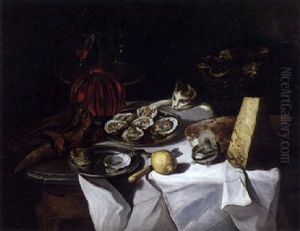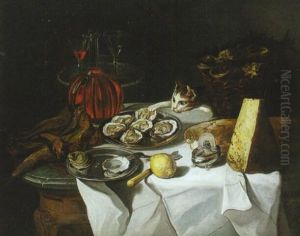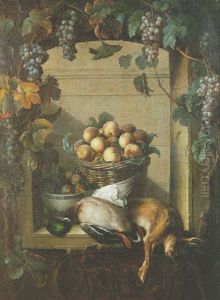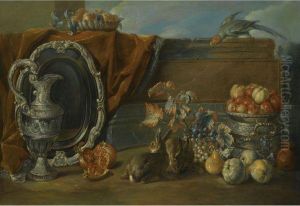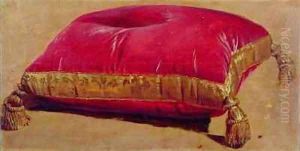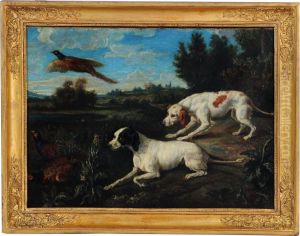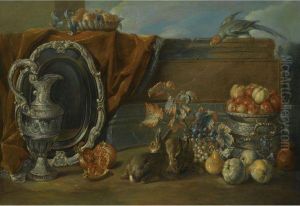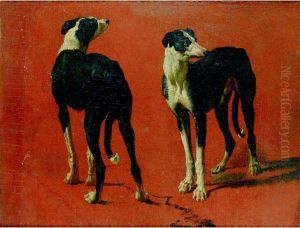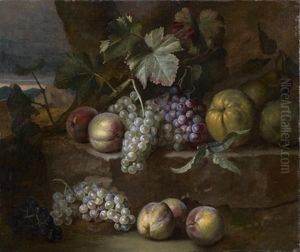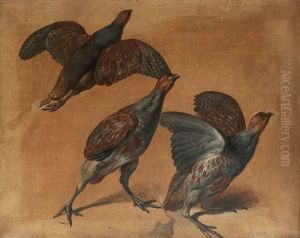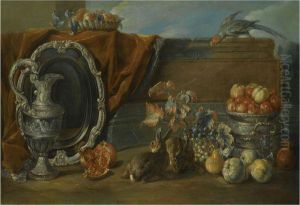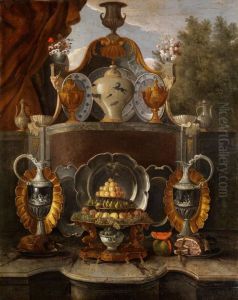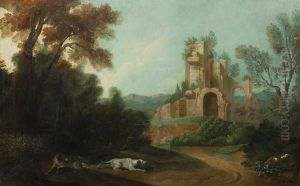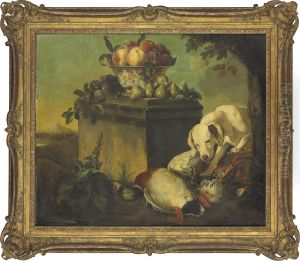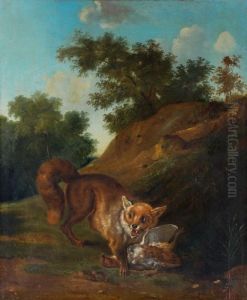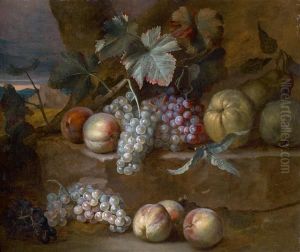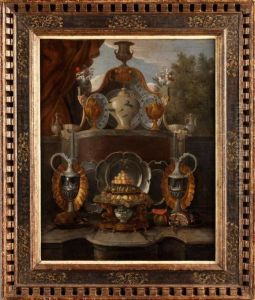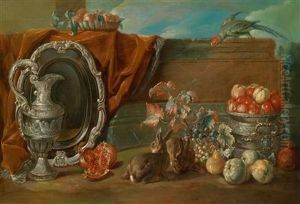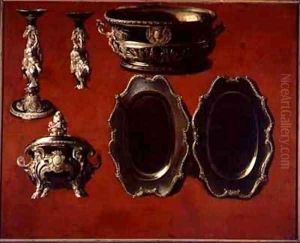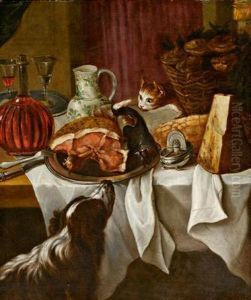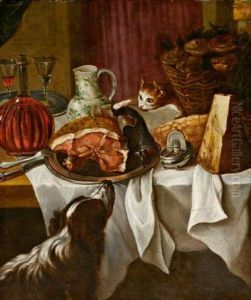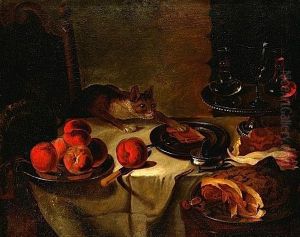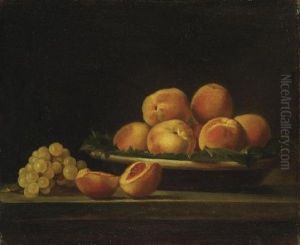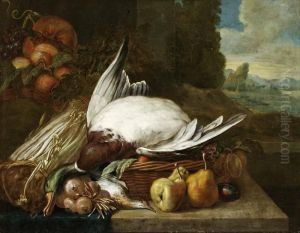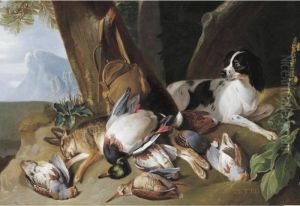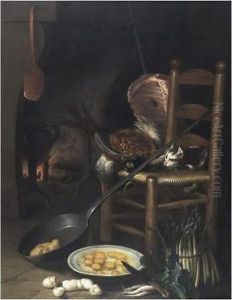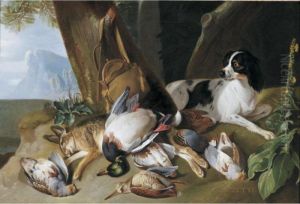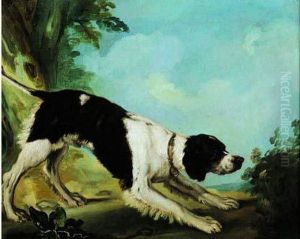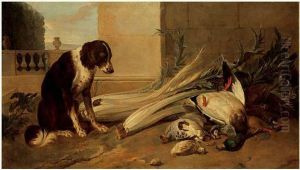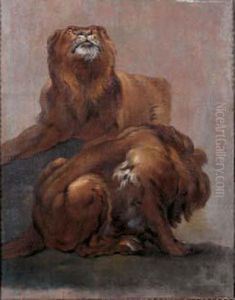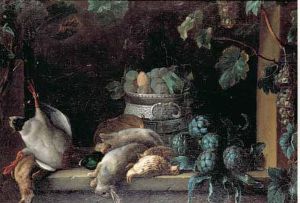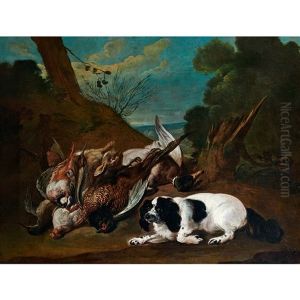Claude Francois Desportes Paintings
Claude François Desportes, not to be confused with the more commonly known François Desportes, was a relatively obscure French artist whose life details are not extensively documented in art history. As a result, there is limited information regarding his biography, and he is often overshadowed by François Desportes, an 18th-century French painter known for his hunting scenes and animal paintings.
Born in 1661, Claude François Desportes' artistic career and contributions remain somewhat enigmatic, with few records of his works or their impact on his contemporaries. His death in 1743 marks the end of an artist about whom little is known, and who appears to have made a modest impact on the art world of his time, particularly in comparison to his namesake.
Given the scarcity of information about Claude François Desportes, it is essential not to confuse him with François Desportes (1661–1743), who was indeed a prominent painter at the court of Louis XIV. François Desportes was admitted to the Académie Royale de Peinture et de Sculpture in 1699 and is well-known for his realistic representations of animals and his ability to capture the nobility of hunting scenes, a genre that was highly favored in the French aristocratic society.
To provide a brief overview of François Desportes, the more famous artist with a similar name, he was born in 1661 in Champigneulle, Ardennes, France, and was trained by the Flemish painter Nicasius Bernaerts. Desportes traveled to Poland in the late 17th century, where he worked for the court of John III Sobieski. Upon returning to France, his career flourished under the patronage of Louis XIV and other members of the French nobility. He contributed significantly to the development of animal painting as a serious genre in French art. François Desportes died in 1743 in Paris.
Without further details, it is challenging to provide a more comprehensive biography of Claude François Desportes. It is possible that records of his works and life have been lost over time or were never well-documented, leaving art historians with little to examine or analyze.
